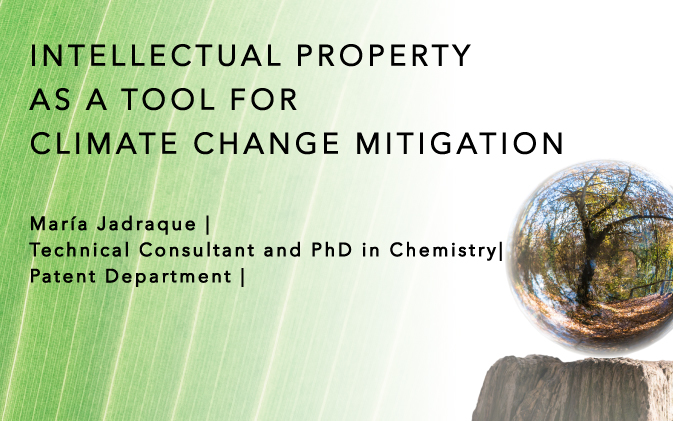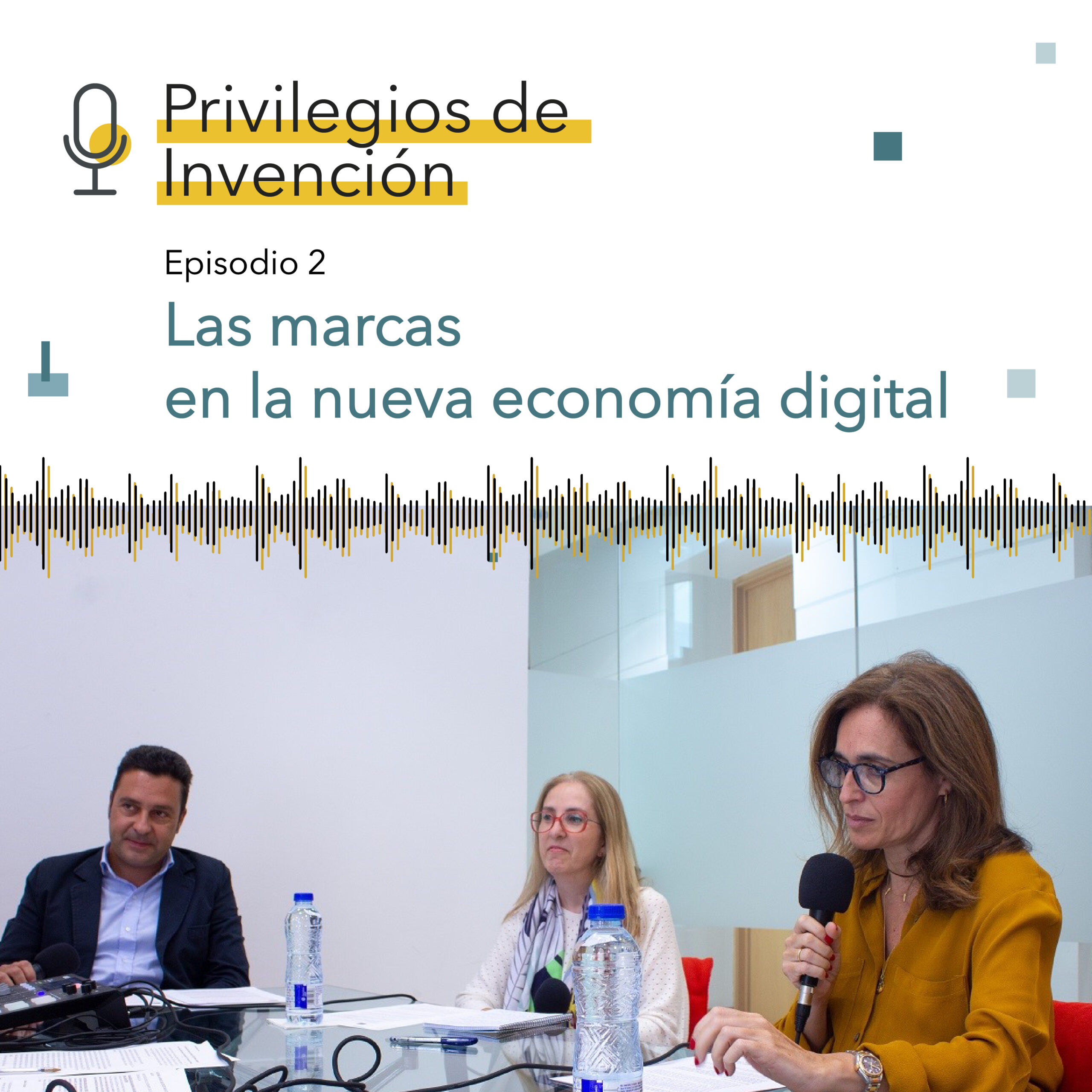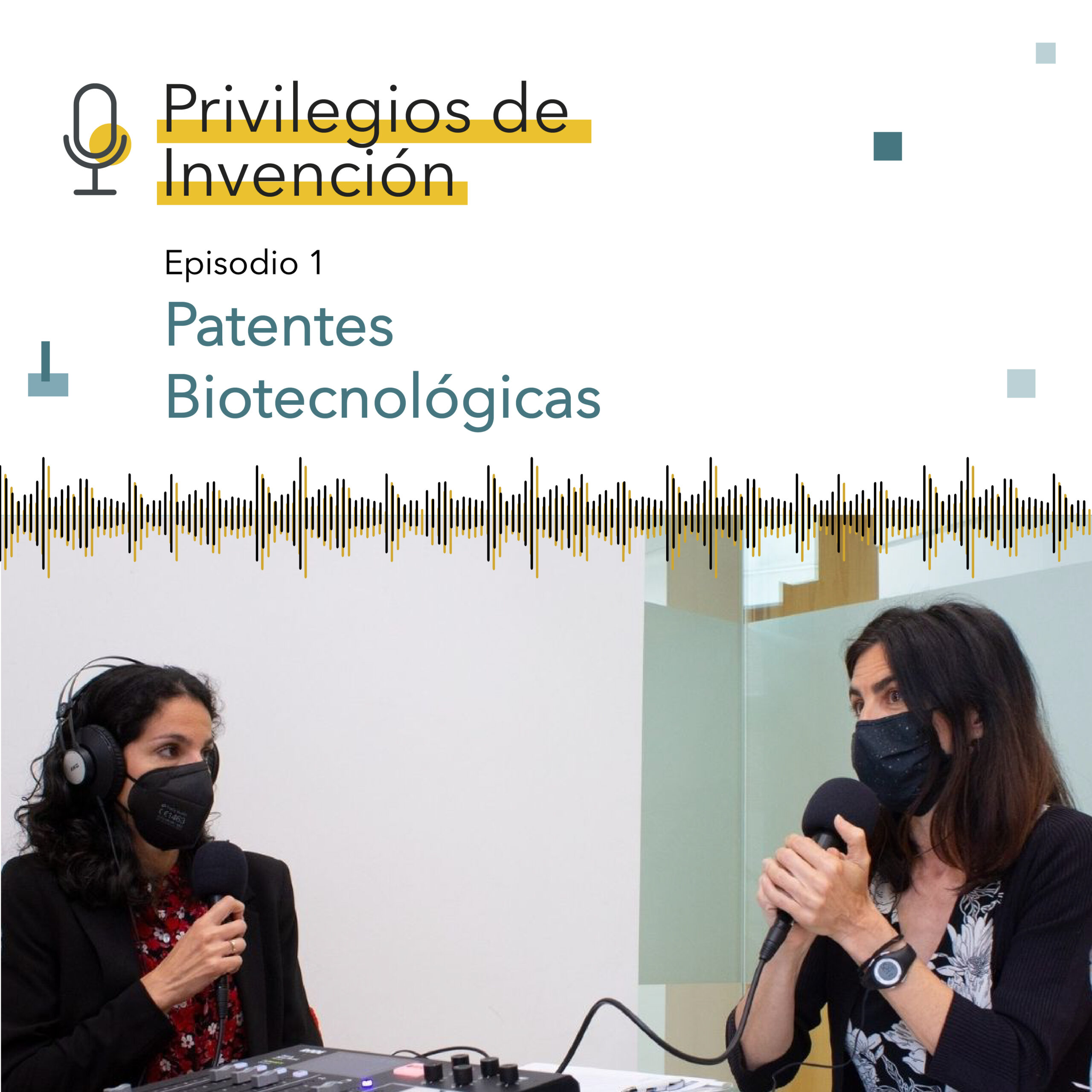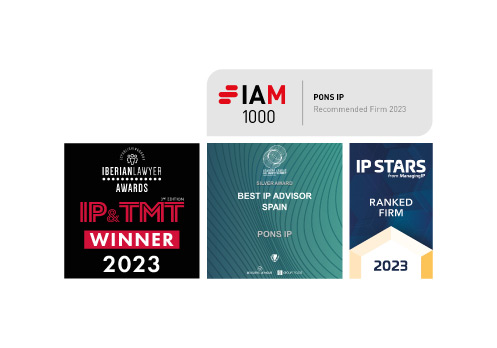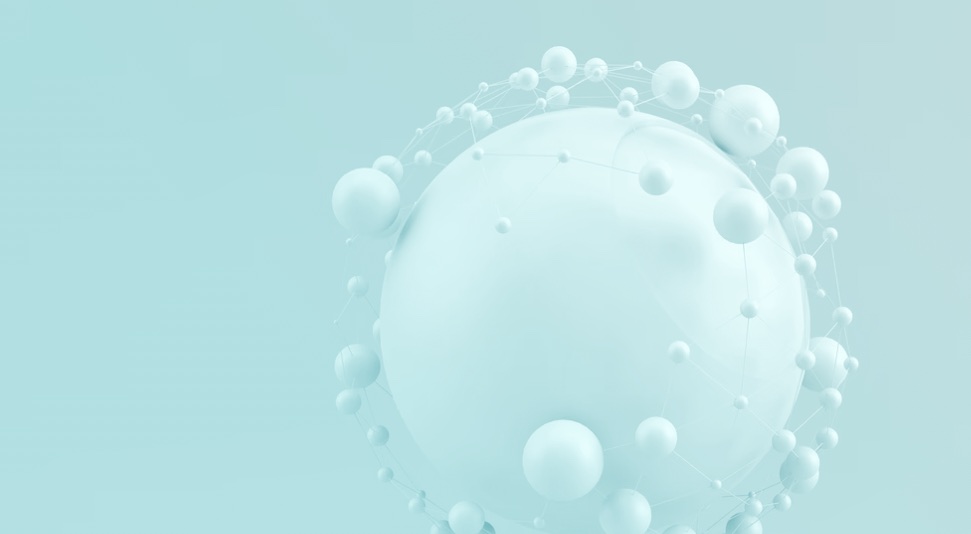Patent databases play a twofold role: firstly, they are a tool for disseminating climate technology know-how, and secondly, they are an effective indicator for measuring innovation in order to shed light on trends in climate technology and its stakeholders, and ultimately to find a solution that contributes to environmental policy.
In 2010, the European Patent Office (EPO) and the United States Patent and Trademark Office (USPTO) introduced a scheme for classifying Climate Change Mitigation Technologies (CCMTs), which is fully integrated into the Cooperative Patent Classification (CPC). The Y02 scheme is directed to the technologies or applications which, in the broadest sense, can be considered as countering the effects of climate change, namely technologies or applications which can decrease greenhouse gases (GHG) emission or remove (and store) GHG from the atmosphere. Furthermore, the scheme covers the technical fields where climate change mitigation can be identified and in particular the following subclasses: Y0B relating to buildings, Y02C relating to GHG capture, storage and disposal, Y02E relating to energy, Y02P relating to industry and agriculture, Y02T transportation and Y02W wastewater treatment and waste management.
Nanomaterials made a significant contribution to the development of products suitable for renewable or regenerative energies and clean energy technologies, in particular products for the production, transmission, storage and consumption of energy. Nanomaterials based-inventions such as solar cells, fuel cells, batteries and wind turbines are directly related to CCMTs and are assigned to subclass Y02E.
Companies, universities and research centres around the world have focused their efforts on developing technologies to mitigate climate change; Spanish companies, universities and research institutions are not lagging behind with their developments. Interestingly, the European countries that are most specialised in CCMTs are Germany, Greece, Portugal and Spain according to the analysis of the information provided in https://www.epo.org/mobile/news-events/in-focus/sustainable-technologies/clean-energy/europe.html. Germany appears as the clear leader in CCMTs, even if other countries are catching up; Spain is one of them. EPO highlights Spain’s inventive step in relation to CCMTs further in this analysis. In this context, an invention is considered as involving an inventive step if, having regard to the state of the art, it is not obvious to a person skilled in the art.
Spain has a good position in wind, solar thermal and marine energy (https://www.oepm.es/es/sobre_oepm/actividades_estadisticas/Estudios_Estadisticos/EstudioEstadisticoMitigaCambioClima/index.html). Evidently Spain is far from the usual technological giants such as the USA (US), Germany (DE), Japan (JP) and Denmark (DK), with their strong wind sector, but Spain stands out when compared to countries with economic environments and technological levels close to or higher than it, such as France (FR), Italy (IT), the Netherlands (NL), Canada (CA), Korea (KR) and Australia (AU). In the period 2006-2019, the total amount of published applications for CCMTs was 3217, with the solar thermal sector accounting for 31.2% of the total, followed by the wind energy sector with 23.8%.
Other types of nanotechnology-based inventions are also playing an important role as part of CCMTs. Patent databases show a great diversity of nanomaterials related to inventions classified within the Y2OW subclass and concerning the separation and purification of environmental pollutants from aquatic environments. The economic feasibility of using adsorbents based on nanomaterials such as alumina, layered double hydroxide, magnetic nanoparticles, titanium dioxide, graphene, metal organic frameworks, and graphene-based nanocomposites to remove pollutants from aqueous solution relies on their regeneration ability during multiple adsorption/desorption cycles. Thus, desorption, regeneration, and reuse of nanomaterials has become an important part of the development of new water treatment technologies. Many efforts have been taken to recycle the used nanosorbents to concentrate the adsorbate, to regenerate the nanosorbent, and to reuse the regenerated nanoadsorbents.
For instance, magnetic nanoparticles are an effective adsorbent for the removal of metals such as Pb(II) ions and bacterial pathogens from water since they provide high adsorption capacity, rapid adsorption rate, simple separation, and regeneration. Due to its magnetic nature, the used magnetic nanoparticles are easily separable from water through an external magnetic field, which are helpful in lowering operational costs for industrial applications.
Graphene magnetic nanocomposites have been found most suitable in the removal of heavy metals and dyes from aqueous media or to reduce the hazardous impact. Although, graphene or graphene oxide per se show low capacity of removal percentage for the contaminants such as phenols, chlorophenols, benzenes, pharmaceuticals, dyes, metal ions, and metalloids from water and wastewater, the doping or functionalization of graphene and graphene oxide with organic or inorganic moieties tremendously enhances the adsorption capacity and reduces the contact time between adsorbate and adsorbent.
Subclass Y02W also refers to the practice of collecting, treating, and managing waste prior to disposal as being crucial for CCMTs. On 14th September 2020, the European Commission published a Sustainable Products Initiative which will revise the Ecodesign Directive, aiming to make products placed on the EU market more sustainable. More durable, easier to re-use and repair, more recyclable and energy efficient products will benefit consumers, the environment and the climate (https://ec.europa.eu/info/law/better-regulation/have-your-say/initiatives/12567-Sustainable-Products-Initiative).
Patent databases show a move towards using waste as a resource and a circular economy, reflecting the innovation efforts of companies, universities, research centres and individual inventors worldwide. Under Y2OW subclass, a high number of added-value (secondary) products using waste products as starting materials can be found herein, which are extremely diverse and have been obtained through exceptional inventiveness.
Added-value (secondary) raw materials/products could be protected by patent if patent requirements are fulfilled. Namely, a complete characterisation of the new added-value (secondary) raw materials/products is expected in order to extract their essential technical characteristics. Furthermore, comparative data demonstrating an advantage over prior art are also recommended to prove their inventive step. Detailed descriptions of the manufacturing process of the new added-value (secondary) raw materials/products are further expected to achieve sufficient of disclosure.
- María Jadraque | Technical Consultant and PhD in Chemistry| Patent Department |
